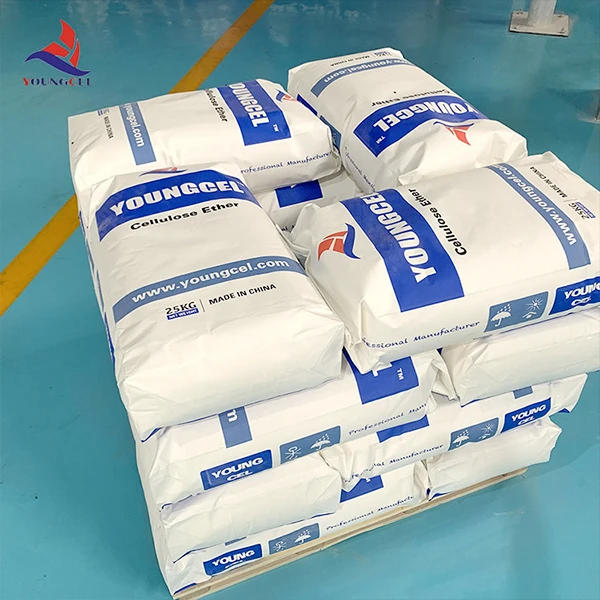The Role of Cellulose Ether Focus on Hydroxyethyl Methyl Cellulose (HEMC)
Cellulose ethers are a group of important functional materials derived from natural cellulose, a polysaccharide that forms the primary structural component of plant cell walls. Among the various types of cellulose ethers, Hydroxyethyl Methyl Cellulose (HEMC) has gained significant attention in a range of industries, including construction, pharmaceuticals, food, and cosmetics. This article delves into the properties and applications of HEMC, showcasing its versatility and importance in modern formulations.
HEMC is synthesized through the modification of cellulose, where hydroxyethyl and methyl groups are introduced to the cellulose backbone. This modification enhances the solubility of cellulose in water and improves its adhesion properties. HEMC is characterized by its ability to form clear solutions and gels in various concentrations, making it particularly valuable in applications requiring thickening, binding, and film-forming capabilities.
The Role of Cellulose Ether Focus on Hydroxyethyl Methyl Cellulose (HEMC)
In the pharmaceutical sector, HEMC serves as a key excipient in drug formulation. Its gel-forming properties are utilized in the creation of controlled-release drug delivery systems. By modifying the viscosity and swelling properties of hydrophilic matrices, HEMC can influence the release rate of active pharmaceutical ingredients (APIs). This capability is instrumental in improving therapeutic efficacy and patient compliance by providing sustained release profiles.
cellulose ether hemc

The food industry also benefits from the incorporation of HEMC. As a food additive, it is recognized for its emulsifying and stabilizing properties. HEMC can enhance the texture and mouthfeel of various food products, such as sauces, dressings, and dairy products. Its ability to retain moisture helps prolong the freshness and shelf-life of food items. Moreover, HEMC is deemed safe for consumption and is often used in gluten-free formulations, providing both functional and sensory benefits.
Beyond its industrial applications, HEMC is a staple ingredient in cosmetic formulations. It acts as a thickener and stabilizer in creams, lotions, and gels, enhancing the overall texture and product performance. Its film-forming capability provides a protective barrier on the skin, contributing to moisture retention and improving the sensory experience of cosmetic products.
In addition to its functional characteristics, HEMC is appreciated for its environmental benefits. Being derived from natural cellulose, it is biodegradable and non-toxic, making it a sustainable alternative to synthetic polymers. As industries continue to emphasize eco-friendliness, the demand for cellulose ethers, including HEMC, is expected to grow.
In summary, Hydroxyethyl Methyl Cellulose (HEMC) exemplifies the versatility and utility of cellulose ethers in various applications. Its thickening, emulsifying, and film-forming properties make it indispensable in industries ranging from construction and pharmaceuticals to food and cosmetics. With a growing focus on sustainability and natural ingredients, HEMC is poised to play an even more significant role in future formulations, thereby contributing to innovative and eco-friendly solutions across multiple sectors.
-
Rdp Powder: Key Considerations for Wholesalers in the Building Materials IndustryNewsJul.08,2025
-
Key Considerations for Wholesalers: Navigating the World of Hpmc - Based ProductsNewsJul.08,2025
-
Hpmc Detergent: Key Considerations for WholesalersNewsJul.08,2025
-
Key Considerations for Wholesalers: China Hpmc For Tile Adhesive, Coating Additives, Concrete Additives, and MoreNewsJul.08,2025
-
Crucial Considerations for Wholesalers: Navigating the World of Construction MaterialsNewsJul.08,2025
-
Key Considerations for Wholesalers Sourcing Additive For Cement, Additive For Concrete, Additive For Putty from Additive Manufacturer Shijiazhuang Gaocheng District Yongfeng Cellulose Co., Ltd.NewsJul.08,2025




